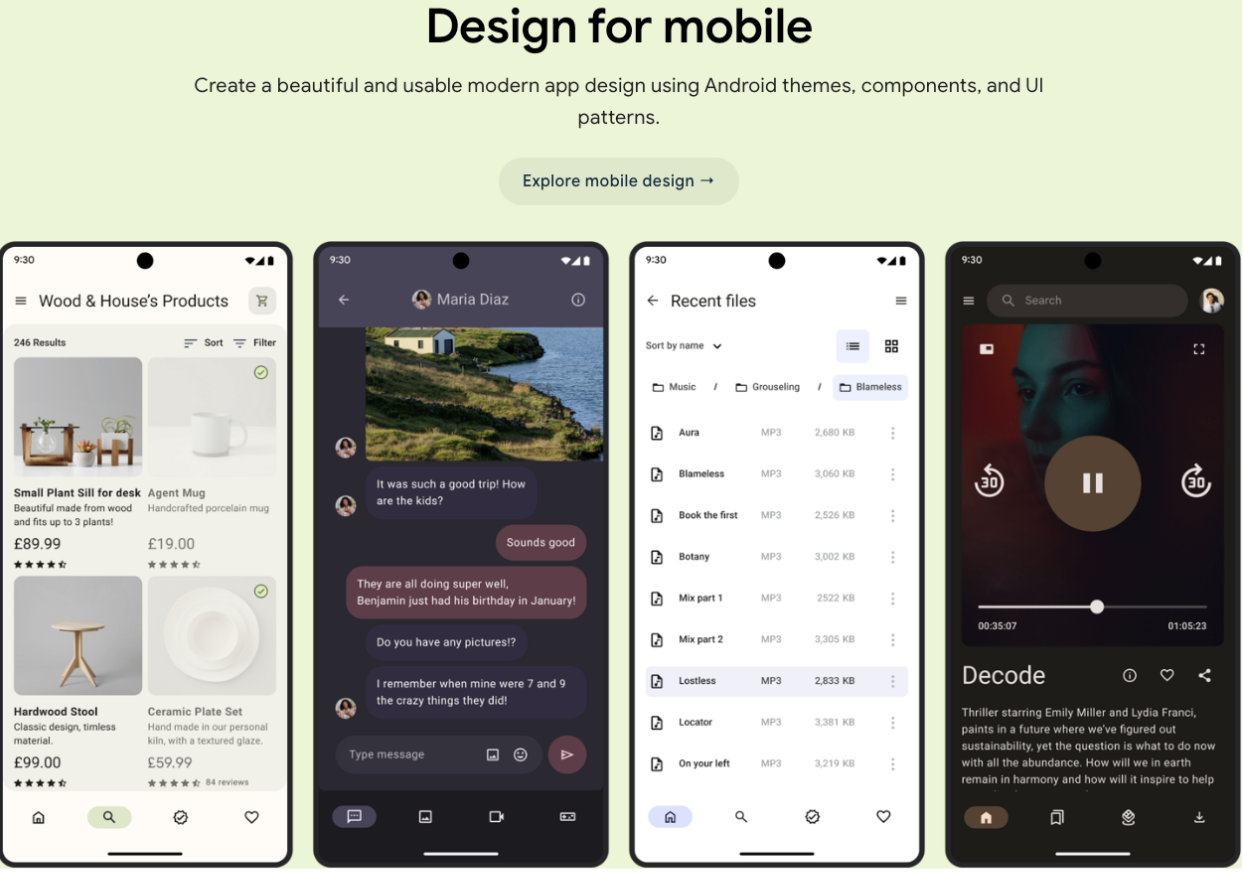A look into the potential impact of generative AI tools in the creative industry
Video Killed the Radio Star
The Buggles’ “Video Killed the Radio Star” highlights some concerns regarding the rise of technology within the creative industry. Released back in 1979, the hit ironically proceeded to become MTV’s first music video. The lyrics “rewritten by machine on new technology” still ring true to this day, and it’s an undeniable fact that will continue to persist as long as there’s room to innovate. Forty-five years later, we’re witnessing the dawn of a new way of manifesting an idea. It's naturally causing some fear, but what’s actually there to be scared of?
Computer God
Countless generative AI (GenAI) tools have become available for public consumption over the last few years. ChatGPT racked up over 100 million users just two months after its launch in November 2022. To put things into perspective, it took 9 months for TikTok to get the same amount of active users, while it took Instagram two years to get as many active users. OpenAI has released two other tools - Sora and DALL-E - that admittedly have been equally impressive. In partnership with GitHub, OpenAI also boasts CoPilot, which is favoured by a few people in the team. Midjourney and Google have also produced programs that make use of large language models (LLMs). We’ve undoubtedly entered an AI Boom, and this phenomenon recently inspired an “AI arms race” in Silicon Valley where tech giants shifted their strategies to invest, improve and integrate these tools into their existing software. On paper, these applications increase productivity as they allow a rapid production of ideas, but creative professionals can’t help but feel concerned about the future of their industry with every word that can now be transformed into a solution in just a matter of seconds.
Paranoid Android
In The Futur’s “The Future of AI in the Creative Industry”, Motion's Kevin Lau discusses the impact and the future of the creative industry as these tools continue to rise. Kevin observes that professionals within the industry are both amazed and terrified by generative AI, but he sees it as just history repeating itself. Humans have found ways to integrate change into their current work time and time again. He uses the term “accelerant”, and in content production, cutting the process to sell an idea before actual production starts could be beneficial.
On the topic of job displacement, which arguably is where most of the contention comes from, The Economist’s “How AI is transforming the creative industries” notes that technological disruption is often assumed to lead to job losses, but this anxiety is often overblown. There is a confident assertion that AI is more likely to become a collaborator than a competitor. Marcus du Sotoy, a professor of Mathematics at the University of Oxford, thinks that it’s going to change jobs, and that the potential termination of certain jobs will likely make way for the creation of new ones. He adds that AI could even push humans out of a mechanistic way of thinking and into becoming more creative than ever.
Kevin anticipates that AI is going to replace work that’s on the same level as stock photography. He also worries that younger designers might not be trained with the same fundamentals that older generations were trained on if the tasks, especially the more mundane ones, can be done with just the push of a button. Optimistically, however, he just sees the tools for what they are. Brainstorming, ideation and getting to know the market are still expected to play large parts in the design process. “The tool is just how it’s done,” he maintains. “Design is more fundamental; it’s more about solving the problem of why.”
Will Paterson echoes this sentiment in his video, “Is AI Killing the Graphic Design Industry?” and believes that while the question of replacement is a tricky one to answer, what sets humans apart is their ability to think outside the box. He also brings up an interesting fact that a lot of designers were also initially opposed to the introduction of computers in their process until they learned to adopt them into their day-to-day.
Deep Blue
A new wave of artists emerge despite the panic over job security within the industry. Beatboxer and technologist Harry Yeff uses an AI system to generate percussive noises based on a dataset of his own vocalisations. He explains that, with the aim of producing an interaction between natural and synthetic notes, his “sonic lexicon” expanded and he was able to create streams of something that is both him and what he calls his second self. Holly Herndon excitedly shares compositions that she made with AI models, although she worries about the lack of intellectual property laws that protect this kind of art. While well-established artists like The Beatles have willingly turned to GenAI to polish and complete a long-forgotten demo, there are countless instances where artists have become victims of either seemingly harmless projects or deep fakes that can cause reputational damage in different forms of media.
There have been many discussions around the ethics of GenAI and companies are starting to push for the adoption of its responsible and honest use. Forbes’ “Ethical Considerations for Generative AI” outlines a few things that we need to address before we can effectively benefit from these tools, such as bias and accountability. Around the time of its release, OpenAI made an effort to make ChatGPT “less toxic”. Their move to take a page out of Facebook’s playbook and hire Kenyan workers to bear the brunt of this inspires a conversation around the definition of what is considered ethical, but I digress. The State of Tennessee in the USA enacted the Ensuring Likeness, Voice and Image Security Act of 2024 (the ELVIS Act) in March 2024. Australia, unfortunately, has yet to see an equivalent legislation.
Digital Witness
We’re still in the very early stages of this new kind of technology that is expected to exponentially grow over the next few years, but it’s important to talk about and prioritise the protection of artists whose work can be compromised in a heartbeat. Once the dust settles, I know that we’ll find ways to take art to another dimension with these tools as our partners instead of our replacement. Our collaborator instead of our competitor, as aforementioned. This, after all, is just an iteration of what’s been happening for centuries. We went from paintings to smartphone cameras; musical instruments to GarageBand plugins; and now, text-to-whatever generative AI tools. We can practically climb over the walls that surround creative expression at this point, and it’s only a matter of time before it’s fully taken down.
Sources:
How ChatGPT Managed to Grow Faster Than TikTok or Instagram
The AI Arms Race Is On. Start Worrying.
How AI is Transforming The Creative Industry
How AI is transforming the creative industries
Is Ai Killing the Graphic Design Industry?
How AI is generating a revolution in entertainment
How AI is Transforming The Creative Industry
A new Beatles song is set for release after 45 years - with help from AI
Council Post: Ethical Considerations For Generative AI
The $2 per hour workers who made ChatGPT safer
AI Sound-alikes, Voice Generation and Deepfakes: the ELVIS Act






















